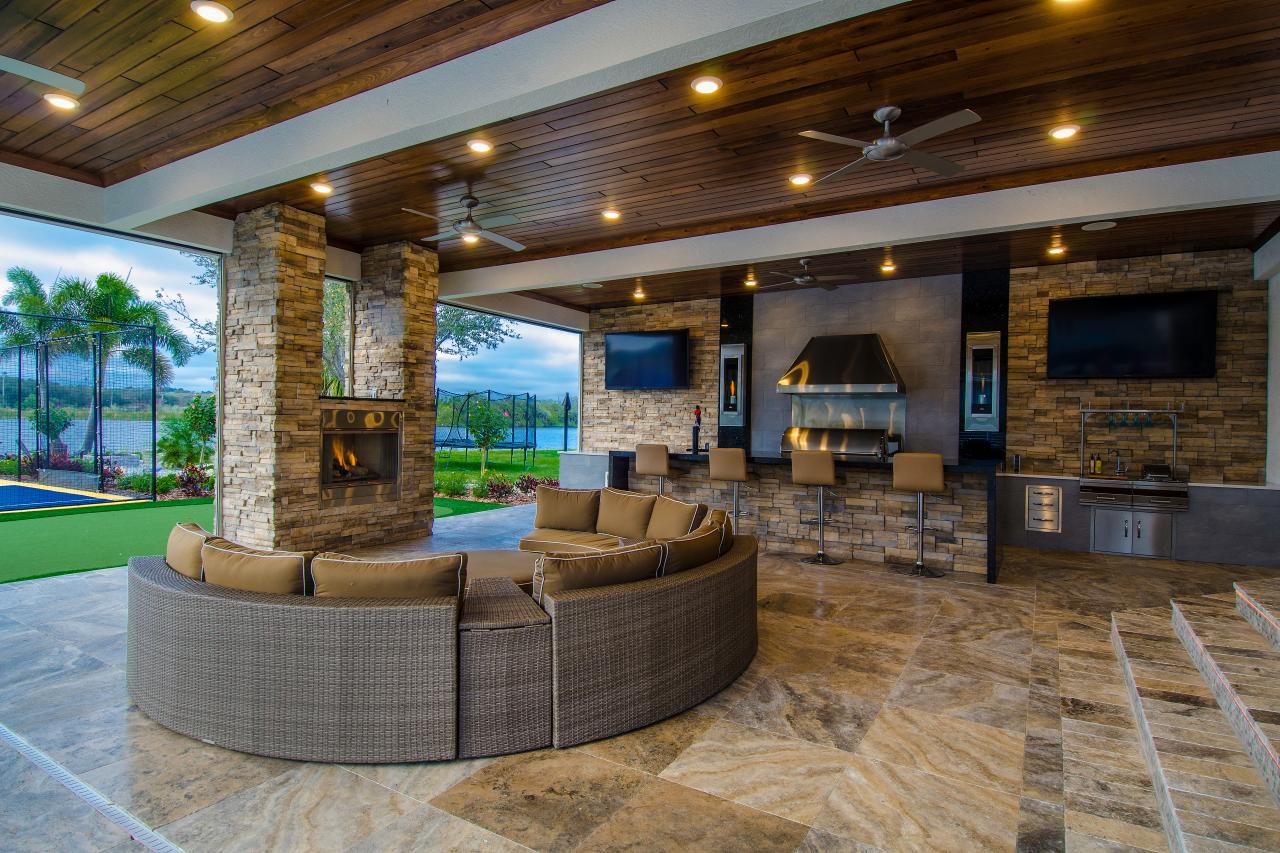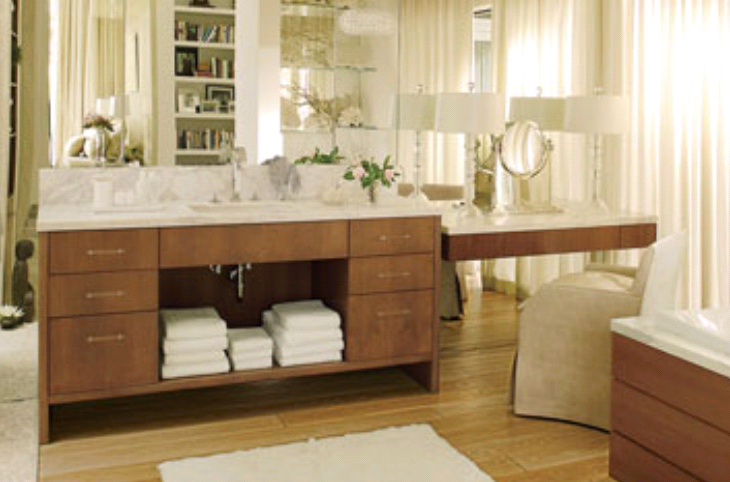Trying to install an outdoor TV so you can entertain in your backyard, patio, or pool area? Outdoor TVs are great ways to family movie nights, watch the big game, or simply relax outdoors with your favorite shows, but there are a few factors you’ll need to consider before having one installed. Making sure your outdoor TV installations works in New Jersey’s unique weather and climate requires a little bit of planning. This article will discuss some of the most important things to think about before committing so you can get the most out of your NJ home theater installation.
Selecting the Right Outdoor TV
The first step is choosing the right outdoor TV. Any old TV you would use indoors won’t cut it, you need a TV that’s specifically designed for outdoor use. They’re more able to withstand the outdoor elements like temperature extremes, moisture and dust. When you’re looking for weatherproof outdoor TVs in NJ, you need to pick models that are properly sealed against these environmental factors.
The TV you choose also needs to be much brighter than a TV you would use indoors to offset the sun’s glare. Ideally, your outdoor TV should be between 700 and 1,500 nits so you can watch it in varying levels of natural light. Good outdoor TVs have anti-glare coatings on their screens and high brightness, so you’re getting a clear picture regardless of the light level outside. You should also consider the durability of the TV’s frame, since this will make it better at resisting the extreme weather that can happen in New Jersey.
Finally, pick a screen size that fits your space and the intended viewing distance. Larger areas may require a bigger TV but be sure the size complements the layout and doesn’t overwhelm the space.
Best Placement for Outdoor TVs
Where you place your outdoor TV plays a huge role in how long it lasts and how much enjoyment you get out of it. Ideally, the best outdoor TV placement in NJ should be in a shaded or partially covered area so it’s not super exposed to direct sunlight. Even though outdoor TVs are weather-resistant by design, too much sunlight will cause glare and the components to wear down faster
It’s also important to think about the viewing angle. If you plan to entertain guests, you need to make sure everyone can see the screen comfortably. Putting the TV in a central location with enough seating room for multiple viewers will make the entertainment experience great for everybody.
Proximity to power sources is another major factor. Your outdoor TV should be close to a weatherproof electrical outlet so there’s less of a need for long, exposed wires. If you don’t already have a weatherproof outdoor outlet, you should hire an electrician or one of the home theater professionals in New Jersey to install one.
Mounting Considerations
Most people think mounting is just about hanging the TV, but there’s a little more to it; how the TV is mounted plays a huge role in its longevity and performance when it’s outside. When you’re outdoor TV mounting in NJ, you need to pick a durable, weatherproof bracket that can handle the TV’s weight and the elements. Ideally, they should be made of materials that don’t rust like aluminum or stainless steel so they don’t deteriorate over time.
If you’re going to mount the TV on a materials like brick or stone, you might need special tools to make sure the bracket sits flush against the surface. New Jersey experiences everything the four seasons have to offer, including snow, rain, or high winds, so your outdoor TV needs to be securely mounted to withstand the elements.
If you’re apprehensive about the mounting process, think about hiring a professional. Many home theater professionals in New Jersey do outdoor installations, ensuring the accuracy and safety of your setup. They can also give you advice on where to place the TV and how to enhance your viewing experience, like by adding sound systems.
Electrical and Connectivity Setup
When installing an outdoor TV, the most important consideration you make is how you’ll handle the electrical setup. Running power to an outdoor TV safely requires care and planning. You’ll need a weatherproof outdoor electrical outlet with a proper cover to protect it from rain and humidity. If you don’t already have one, hire a licensed electrician to make sure everything complies with electrical codes and can withstand the elements.
You’ll also need to think about video connections. It’s common to have to run HDMI and other A/V cables from inside to outside, but they also need to be protected from elements like moisture. Fortunately, there are special weatherproof housings on the market that do a good job of protecting these cables. If you don’t want to run long cables, you can consider wireless video transmitters. Depending on how complex your setup is, working with home theater professionals in New Jersey will help you with advanced integrations like smart home systems.
Weatherproofing and Seasonal Care
Outdoor TVs are designed to withstand extreme weather, but you can never be too safe. Taking some extra precautions can extend their lifespan and make your viewing experience that much better. If the TV will be exposed to heavy rain or snow, which is quite possible in NJ, invest in a protective cover or a TV enclosure. This way, you add another layer of protection that helps your TV withstand NJ’s changing seasons.
You should also be checking the mounting hardware and electrical connections for visible signs of wear or rust. Finding problems like this early and performing simple fixes, like tightening bolts or replacing old cables, will prevent bigger problems in the future.
Audio Solutions
A lot of people overlook the sound aspect when they’re installing an outdoor TV. The outdoors are loud, so the TV’s built-in speakers might not be the best audio experience you get. You can fix this when you invest in external speakers that are designed to be used outdoors. Home theater professionals in New Jersey recommend weatherproof soundbars or outdoor speakers that can be installed with your TV.
Making the Most of Your Outdoor NJ Home Theater Installation
Installing an outdoor TV adds so much to your outdoor living space but getting the most out of your investment requires a lot of careful planning. From choosing the right weatherproof outdoor TVs in NJ to ensuring they’re placed and installed properly; each decision plays a huge role in making the experience enjoyable. Whether you’re doing it yourself or hiring home theater professionals in New Jersey, keep these key factors in mind, and you’ll be set for years of outdoor entertainment.





